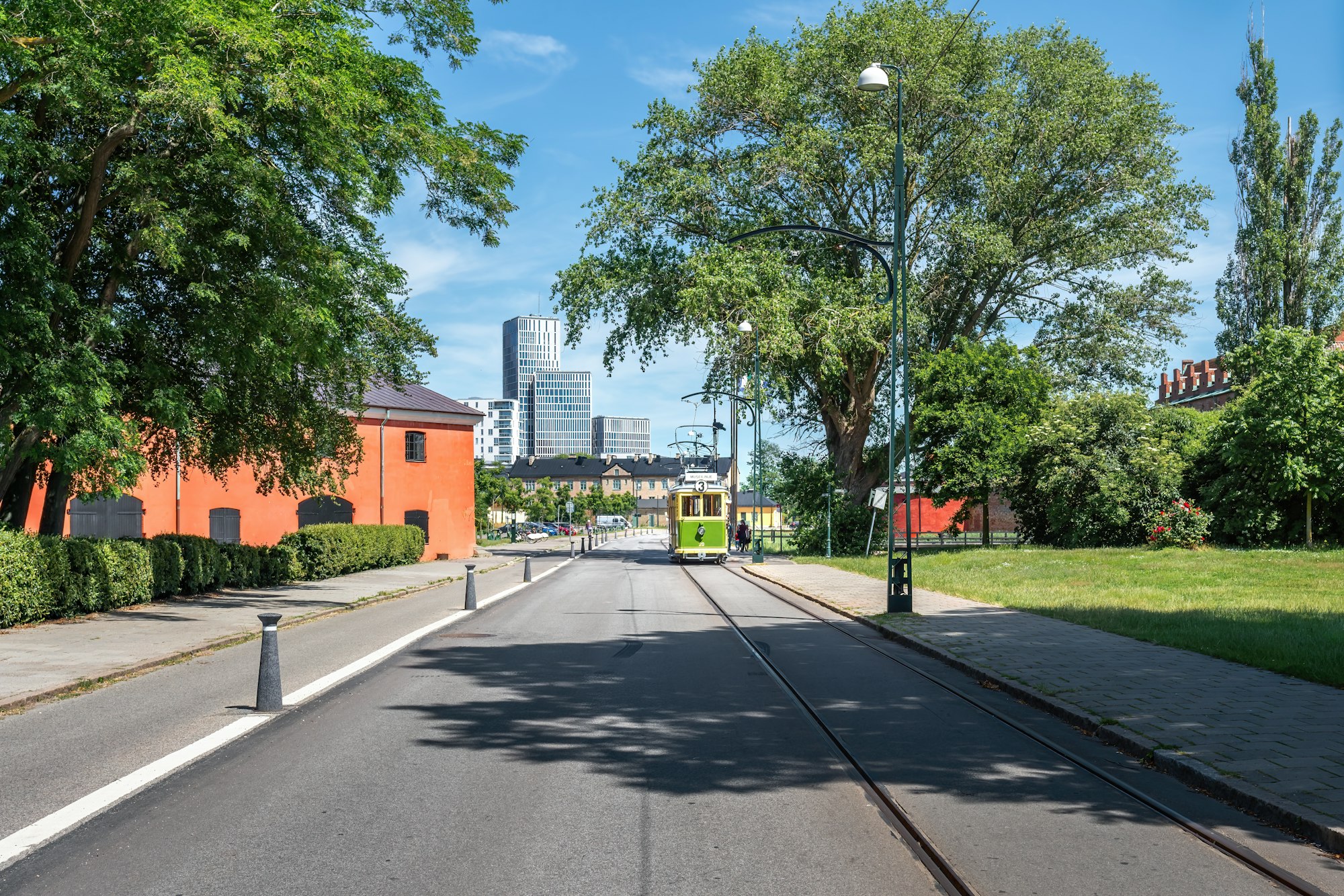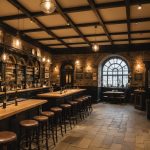Northumberland is a treasure trove of ancient history, particularly renowned for its fascinating stone carvings. These historical relics whisper stories of our ancestors, offering a unique glimpse into the past. Organizing your own tour allows you to experience this rich heritage firsthand, walking among monumental carvings that have stood the test of time. This guide will empower you to curate a memorable journey, revealing not only where to go, but how to truly connect with these extraordinary sights. Unearth the mysteries of Northumberland and let history come alive before your eyes.
Overview of Northumberland's Ancient Stone Carvings
Northumberland's stone carvings are a testament to the rich tapestry of its ancient history. These carvings, etched into the landscape, offer glimpses into the lives and beliefs of past civilizations. Dating back thousands of years, they serve as a bridge connecting the present with the ancient world.
In the same genre : “Explore the UK”s Iconic Lighthouses: Your Complete Guide to Booking an Unforgettable Guided Tour
The cultural significance of these carvings cannot be overstated. They are not merely artistic expressions but are imbued with the stories and traditions of the communities that created them. For the local inhabitants, they represent a tangible link to their ancestors, fostering a deep sense of identity and continuity.
Among the most notable examples of Northumberland stone carvings is the Rothbury Cross, a remarkable piece that showcases intricate designs and symbols. Another significant site is the Old Bewick, where visitors can find a series of enigmatic rock carvings that continue to intrigue historians and archaeologists alike. These sites, scattered across the region, invite exploration and offer a unique opportunity to connect with the past.
Additional reading : Unlocking the Secrets: A Complete Guide to Booking Guided Tours of the UK’s Historic Libraries
In essence, Northumberland's ancient stone carvings are not just relics; they are vital components of the region's cultural heritage, preserving the legacy of its ancient inhabitants.
Planning Your Self-Guided Tour
Embarking on a self-guided tour of Northumberland's ancient stone carvings requires thoughtful tour planning to ensure a fulfilling experience. Begin by crafting an itinerary that prioritizes key sites like the Rothbury Cross and Old Bewick. Allocate sufficient time for each location to fully appreciate the intricate details and historical context.
When considering travel logistics, it's crucial to explore the various transportation options available. Northumberland offers a mix of public transport, such as buses and trains, which connect major towns and popular sites. However, renting a car can provide greater flexibility, allowing you to visit remote carvings at your own pace.
Selecting the right accommodation can enhance your tour experience. Northumberland boasts a range of options, from charming bed and breakfasts to luxurious hotels, many of which are conveniently located near significant sites. Staying in these accommodations not only provides comfort but also immerses you in the local culture and history.
For a seamless adventure, ensure your itinerary includes time for exploration and relaxation. By balancing structured visits with spontaneous discoveries, you can truly connect with the captivating history of Northumberland's stone carvings.
Key Historical Sites to Visit
Exploring Northumberland's historical sites offers a captivating journey into the past. Among the must-see attractions is the Rothbury Cross, renowned for its intricate carvings that reflect ancient artistry. This site provides an insight into the spiritual and cultural practices of its creators, making it a cornerstone of Northumberland's heritage.
Another prominent location is the Old Bewick, home to a series of enigmatic carvings that continue to fascinate historians. These carvings, thought to date back to the Neolithic or Bronze Age, offer a glimpse into the lives of early settlers. The site is accessible by a short walk from nearby roads, with basic facilities available for visitors.
For those seeking more stone carving locations, the Chatton Park Hill is a hidden gem. It features a collection of cup and ring carvings, believed to have been used in ancient rituals. The site is easily accessible, with parking facilities nearby, ensuring a comfortable visit.
Visitor accessibility is a priority at these sites, with clear pathways and informational signage enhancing the experience. Embrace the opportunity to delve into Northumberland's ancient past by visiting these remarkable historical sites.
Local Attractions and Activities
Northumberland offers a rich tapestry of local attractions and cultural experiences beyond its ancient stone carvings. Visitors can explore a variety of historical sites that paint a vivid picture of the region's past. The Bamburgh Castle, perched on a dramatic coastline, is a must-visit for those interested in medieval architecture and history. It provides not only a glimpse into the past but also stunning views of the surrounding landscape.
For outdoor enthusiasts, Northumberland's natural beauty invites exploration. The Northumberland National Park offers numerous trails for hiking and cycling, allowing visitors to immerse themselves in the serene countryside. Birdwatching at the Farne Islands is another popular activity, where one can observe a variety of seabird species in their natural habitat.
Cultural experiences are enriched by local events and festivals. The Alnwick Food Festival celebrates regional cuisine and offers a taste of Northumberland's culinary heritage. Additionally, the Hexham Abbey Festival of Music and Arts provides a platform for exploring the region's artistic traditions.
Engaging with these nearby activities and events enhances the understanding of Northumberland's cultural and historical landscape, making any visit both educational and enjoyable.
Photography Tips for Capturing Stone Carvings
Photographing Northumberland's ancient stone carvings can be a rewarding experience, allowing you to capture history through your lens. To achieve the best results, consider the best times of day for photography. Early morning and late afternoon provide optimal lighting, with the sun casting soft shadows that highlight the carvings' intricate details.
When it comes to composition, focus on finding the best angles that emphasize the uniqueness of each carving. Experiment with various perspectives to showcase the depth and texture of the stones. Positioning your camera at different heights can reveal hidden features and enhance the overall composition.
Lighting is crucial in photography. Natural light is your ally, so avoid using flash, which can create harsh reflections and obscure details. Instead, use a reflector to direct light onto shadowed areas, enhancing visibility without losing the carvings' natural allure.
For capturing high-quality images, consider using a DSLR or mirrorless camera with a macro lens. This setup allows for close-up shots that reveal the carvings' fine details. A tripod is also recommended to ensure stability, especially in low-light conditions, enabling you to capture sharp and clear images of these historical treasures.
Visitor Testimonials and Experiences
Exploring Northumberland's ancient stone carvings offers visitors a unique opportunity to connect with history. Visitor testimonials often highlight the profound impact of witnessing these relics firsthand. Many travelers share personal stories of how the carvings sparked their imagination and deepened their appreciation for ancient cultures.
Traveler experiences frequently include unexpected discoveries, such as stumbling upon lesser-known carvings or enjoying moments of solitude at popular sites. These encounters often lead to a deeper understanding of the region's historical significance. One visitor recounted an unforgettable experience at Old Bewick, where the carvings seemed to come alive under the setting sun, casting intricate shadows that added to their mystery.
Tips shared by visitors can enhance your tour significantly. Many suggest starting your journey early in the morning to avoid crowds and capture the carvings in the best light. Others recommend bringing a guidebook or downloading an app for additional context and historical background. Packing a picnic is another popular tip, allowing for leisurely breaks amidst the scenic landscapes.
These personal stories and insights from fellow travelers can enrich your visit, offering guidance and inspiration as you embark on your own exploration of Northumberland's ancient stone carvings.
Safety and Accessibility Considerations
Exploring Northumberland's ancient stone carvings is an enriching experience, but it's essential to prioritise tour safety and accessibility to ensure a smooth journey. When visiting rural sites, safety precautions are crucial. Wear sturdy footwear to navigate uneven terrain and carry a map or GPS device to avoid getting lost. Mobile phone reception can be patchy, so inform someone of your itinerary.
For those with mobility challenges, accessibility tips can enhance the experience. Many sites offer pathways designed for ease of access, though some remote locations may pose difficulties. Check in advance for available facilities like ramps or designated parking areas to plan accordingly.
Travel precautions are also vital for a safe and enjoyable tour. Weather in Northumberland can be unpredictable, so pack appropriate clothing and a raincoat. Stay hydrated and bring snacks, especially if visiting isolated areas with limited facilities. Consider travelling with a companion or group for added safety and assistance.
By adhering to these guidelines, visitors can safely appreciate the historical significance of Northumberland's stone carvings while ensuring a comfortable and accessible experience for all.















